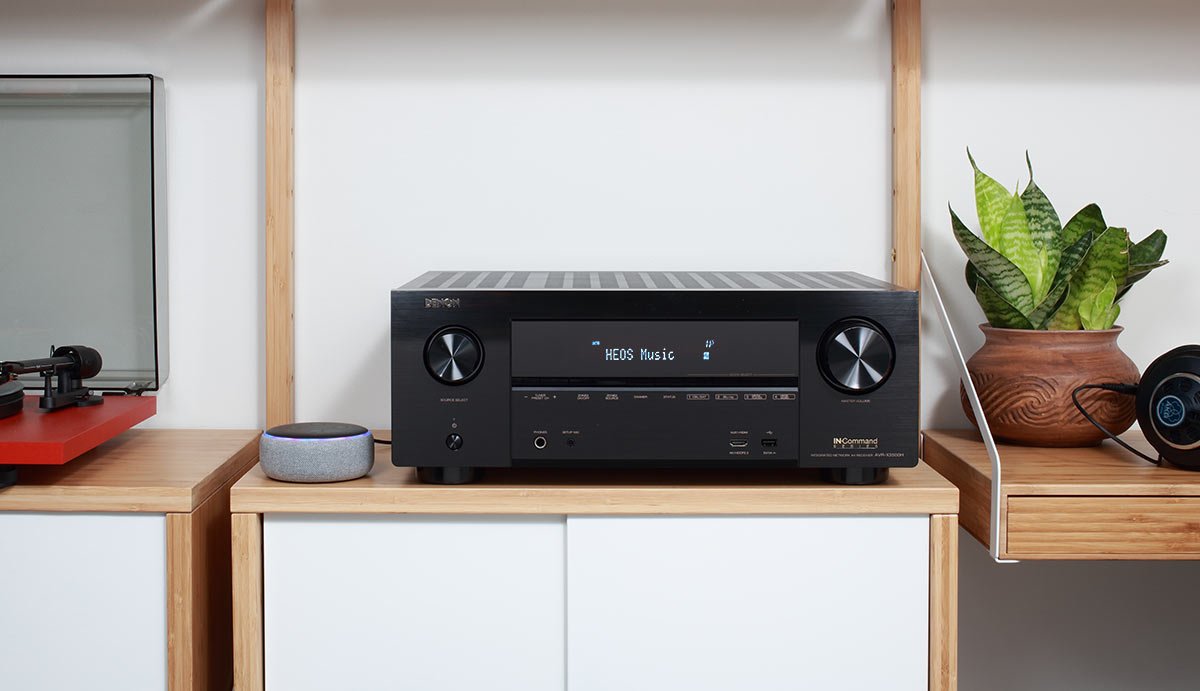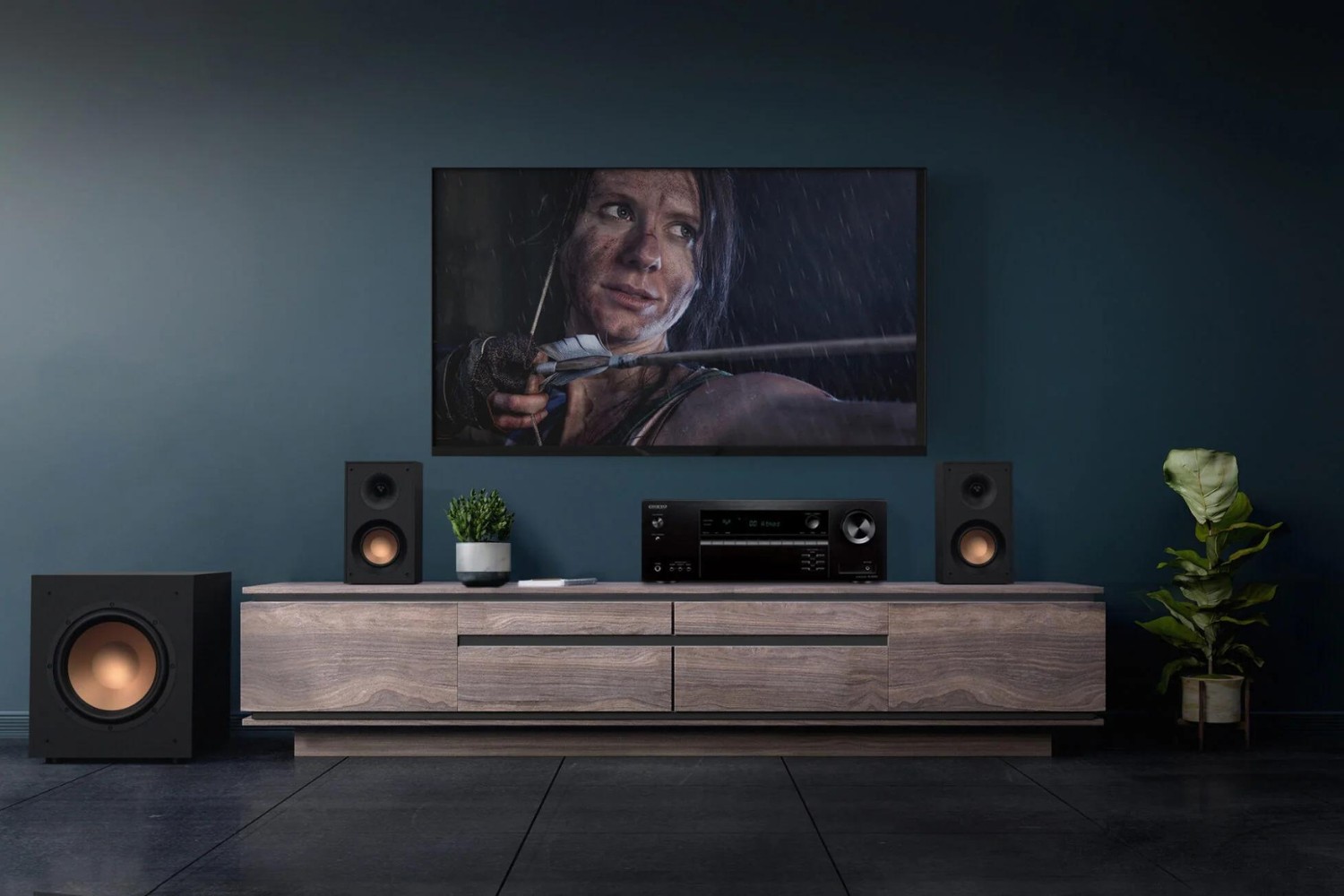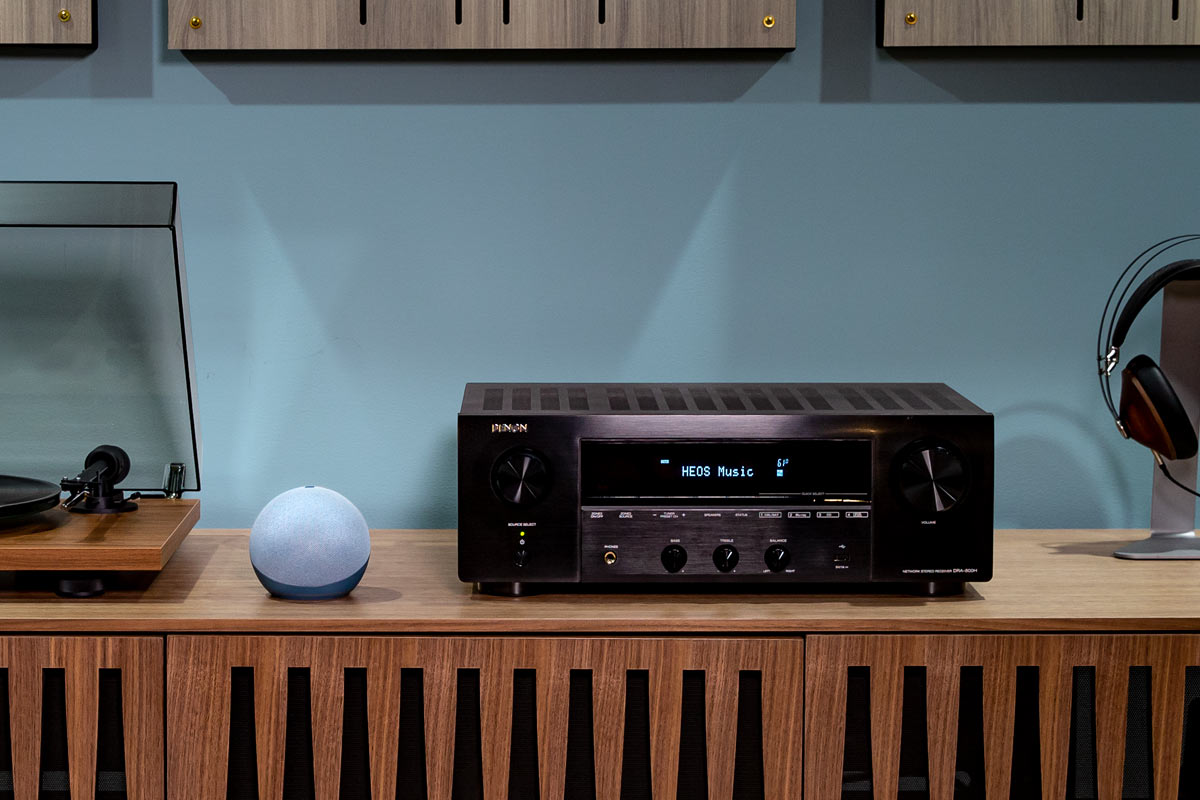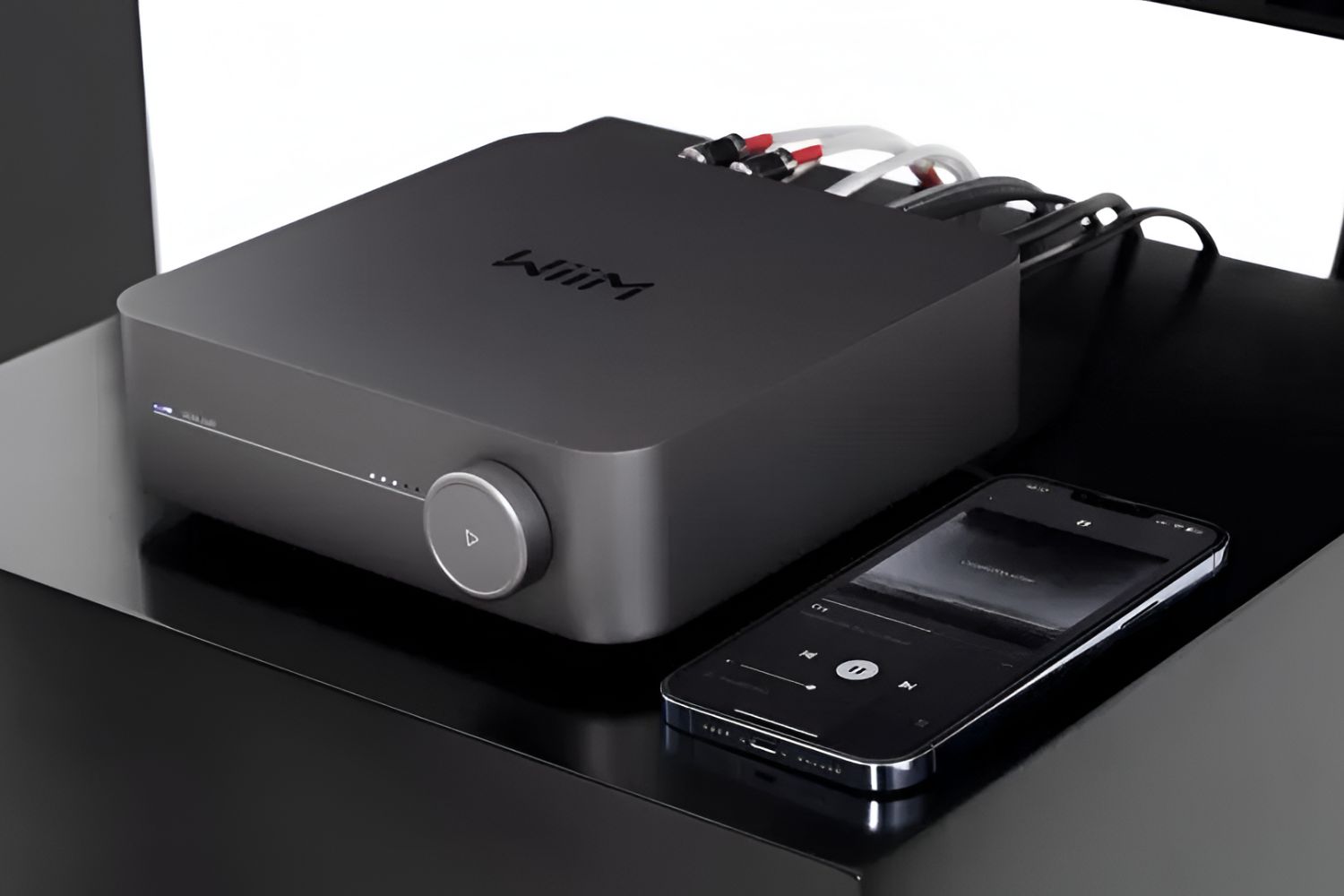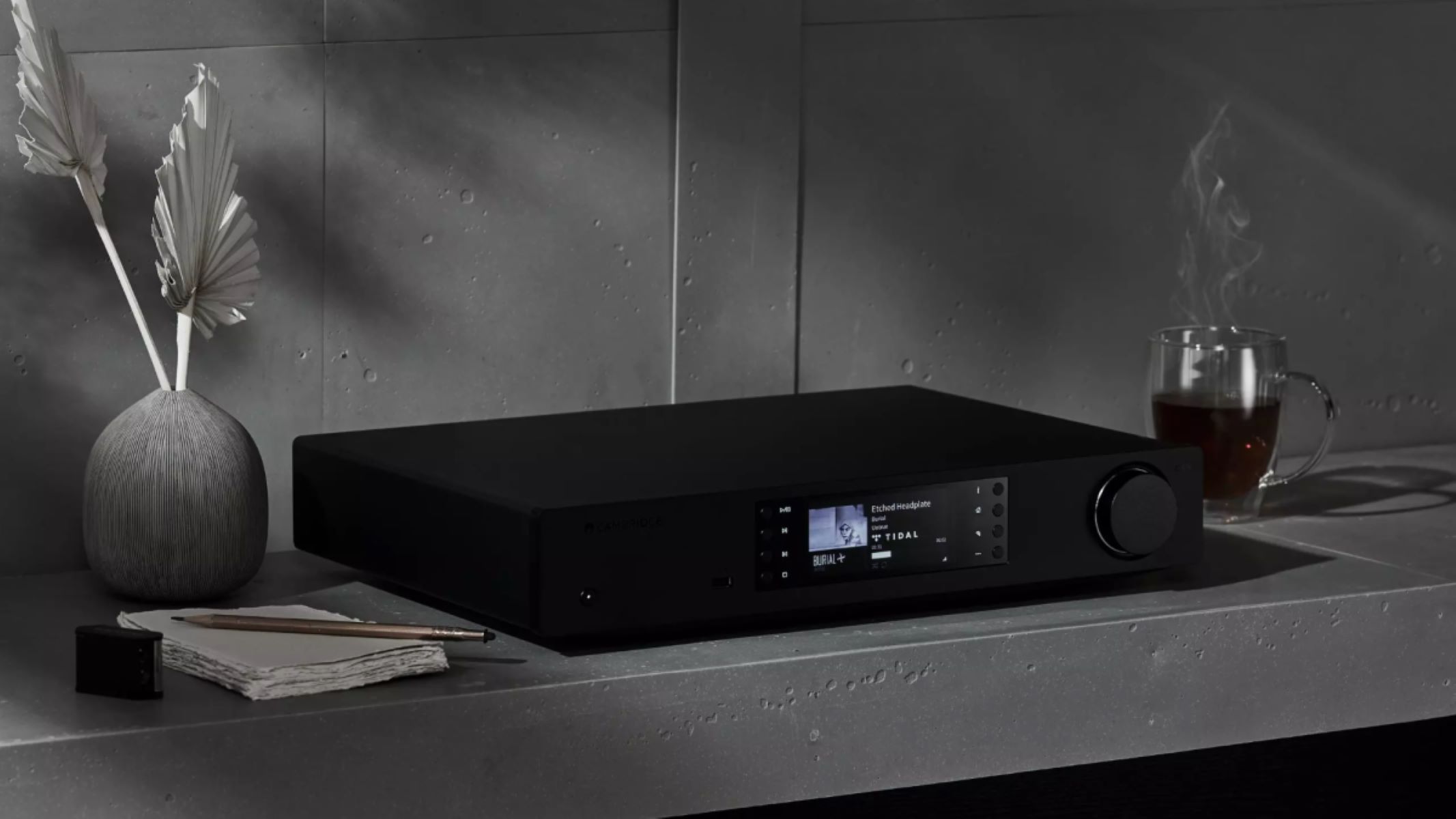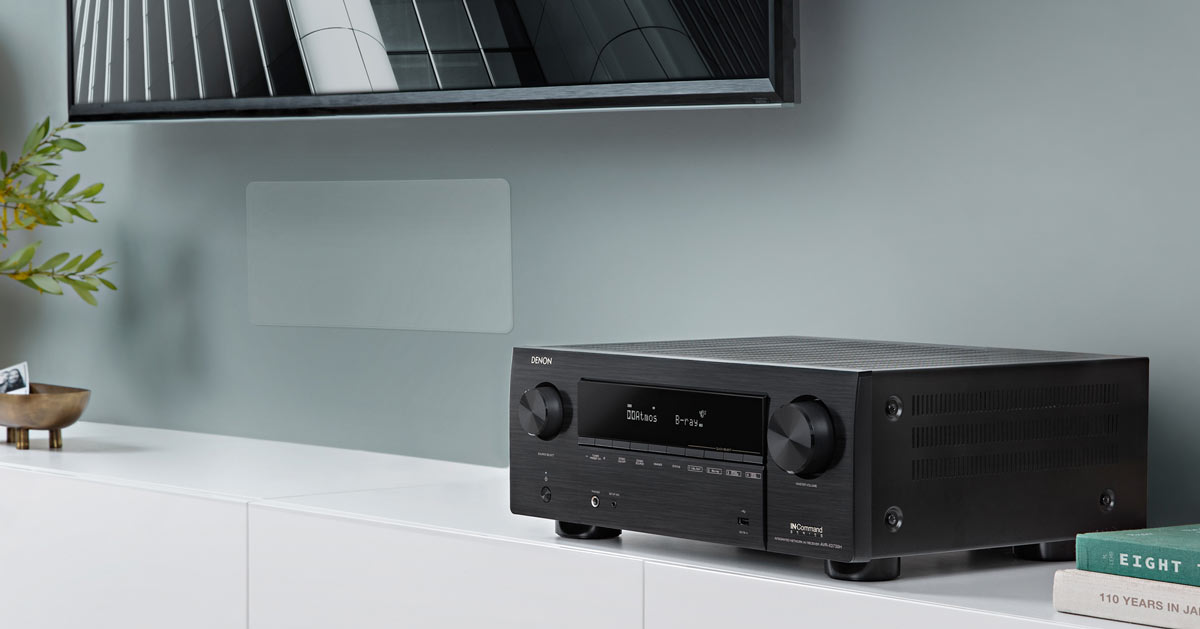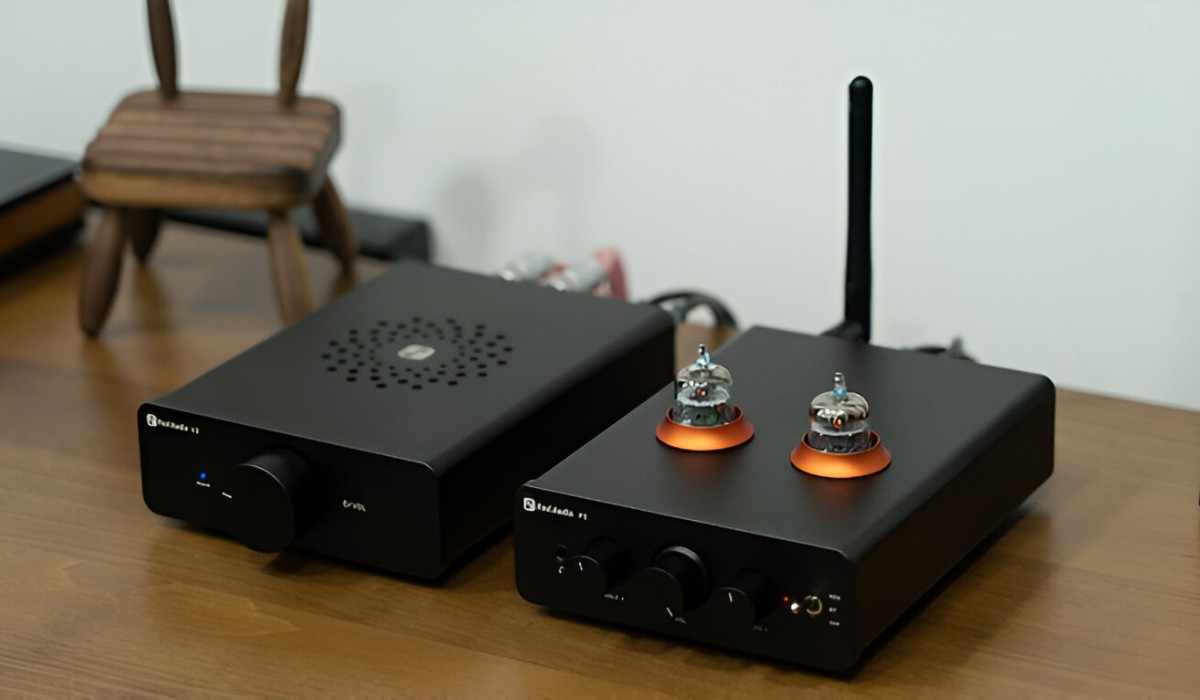Introduction
Introduction
Google Home has revolutionized the way we interact with our homes, offering seamless control over various smart devices with just the sound of your voice. One such device that can be integrated into this ecosystem is the audio-visual (AV) receiver. By connecting your AV receiver to Google Home, you can effortlessly manage your home entertainment system using simple voice commands.
This article will guide you through the process of setting up Google Home with your AV receiver and demonstrate how to effectively control the receiver using voice commands. Additionally, it will provide troubleshooting tips to address common issues that may arise during the setup process.
By leveraging the power of Google Home, you can transform your living space into a smart, connected environment where you have the ultimate control over your entertainment system. Whether you want to adjust the volume, change the input source, or even play music from your favorite streaming service, Google Home offers a convenient and intuitive way to manage your AV receiver.
Join us as we delve into the seamless integration of Google Home with your AV receiver, unlocking a new level of convenience and control in your home entertainment experience.
Setting up Google Home with AV Receiver
Setting up Google Home with AV Receiver
Integrating your AV receiver with Google Home involves a series of straightforward steps that can significantly enhance your home entertainment experience. Before you begin, ensure that your AV receiver is compatible with Google Home and is connected to the same Wi-Fi network as your Google Home device.
To initiate the setup process, open the Google Home app on your smartphone or tablet. Tap on the “+” icon to add a new device and select “Set up device.” Choose the “Works with Google” option and search for your AV receiver’s brand or model. Follow the on-screen instructions to link your receiver to your Google Home account.
Once your AV receiver is successfully linked to Google Home, you can customize its settings within the Google Home app. Assign a recognizable name to your receiver, such as “Living Room Receiver,” to simplify voice commands. You can also organize the receiver into specific rooms or groups, allowing for seamless control of multiple devices simultaneously.
After configuring the receiver within the Google Home app, it’s essential to ensure that the receiver’s firmware is up to date. Check the manufacturer’s website for any available updates and follow the instructions to install them. This step is crucial for optimizing compatibility and performance between your AV receiver and Google Home.
With the setup process complete, your AV receiver is now seamlessly integrated with Google Home, ready to be controlled using voice commands. This integration unlocks a world of possibilities, allowing you to effortlessly manage your home entertainment system with unparalleled convenience.
Controlling AV Receiver with Google Home
Controlling AV Receiver with Google Home
Once your AV receiver is successfully linked to Google Home, you can harness the power of voice commands to manage various aspects of your home entertainment system. The integration allows for seamless control over functions such as adjusting volume levels, changing input sources, and even playing music from compatible streaming services.
To initiate voice commands, simply say, “Hey Google,” followed by your desired action. For example, you can say, “Hey Google, set the living room receiver volume to 50%,” and Google Home will communicate with your AV receiver to adjust the volume accordingly. This hands-free approach eliminates the need to locate remote controls or manually interact with the receiver, offering unparalleled convenience.
Furthermore, Google Home enables you to switch input sources with ease. By saying, “Hey Google, switch the living room receiver input to Blu-ray,” the receiver will seamlessly transition to the specified input source, allowing for a seamless and uninterrupted viewing experience. This feature is particularly beneficial for users with multiple connected devices, streamlining the process of accessing different media sources.
Additionally, Google Home’s integration with popular music streaming services such as Spotify, Pandora, and YouTube Music allows for effortless playback control. You can instruct Google Home to play specific songs, artists, or playlists through your AV receiver, creating a dynamic audio experience without the need to physically interact with the receiver or associated devices.
Moreover, the ability to group devices within the Google Home app enables synchronized control over multiple AV receivers in different rooms. By creating speaker groups, you can manage the playback of music or audio content across various receivers simultaneously, fostering a cohesive and immersive audio environment throughout your home.
With Google Home’s intuitive voice control capabilities, managing your AV receiver becomes a seamless and hands-free experience, elevating the convenience and accessibility of your home entertainment system.
Troubleshooting and Tips
Troubleshooting and Tips
While the integration of Google Home with your AV receiver offers a streamlined and convenient experience, occasional challenges may arise during the setup process or daily usage. Here are some troubleshooting tips and valuable insights to ensure a seamless and reliable interaction between Google Home and your AV receiver:
-
Ensure Wi-Fi Connectivity: Verify that both your Google Home device and AV receiver are connected to the same Wi-Fi network. Inconsistent network connectivity can hinder the communication between the devices, leading to operational issues.
-
Update Firmware: Regularly check for firmware updates for your AV receiver. Keeping the firmware up to date is essential for maintaining compatibility with Google Home and resolving potential software-related issues.
-
Clear Voice Commands: When issuing voice commands to Google Home, enunciate clearly and use concise, specific phrases. This enhances the accuracy of command recognition and reduces the likelihood of misinterpretation.
-
Device Naming: Assign distinct and easily recognizable names to your AV receiver and other connected devices within the Google Home app. Clear naming conventions facilitate seamless voice control and minimize confusion when managing multiple devices.
-
Optimize Placement: Position your Google Home device and AV receiver in optimal locations within your home. Avoid physical obstructions and interference that may impede the transmission of voice commands or wireless signals.
Furthermore, consider the following tips to maximize the functionality and convenience of using Google Home with your AV receiver:
-
Explore Voice Commands: Familiarize yourself with a wide range of voice commands supported by Google Home for controlling AV receivers. Experiment with different commands to discover the full extent of voice-operated capabilities.
-
Customize Room Settings: Leverage the room and device grouping features within the Google Home app to create personalized configurations that align with your home’s layout and entertainment setup.
-
Integration with Smart Home Devices: Explore the integration of your AV receiver with other smart home devices, such as smart lighting or thermostats, to create cohesive automation scenarios that enhance your overall home environment.
By implementing these troubleshooting tips and leveraging the suggested insights, you can optimize the functionality and reliability of Google Home’s integration with your AV receiver, ensuring a seamless and enjoyable home entertainment experience.







